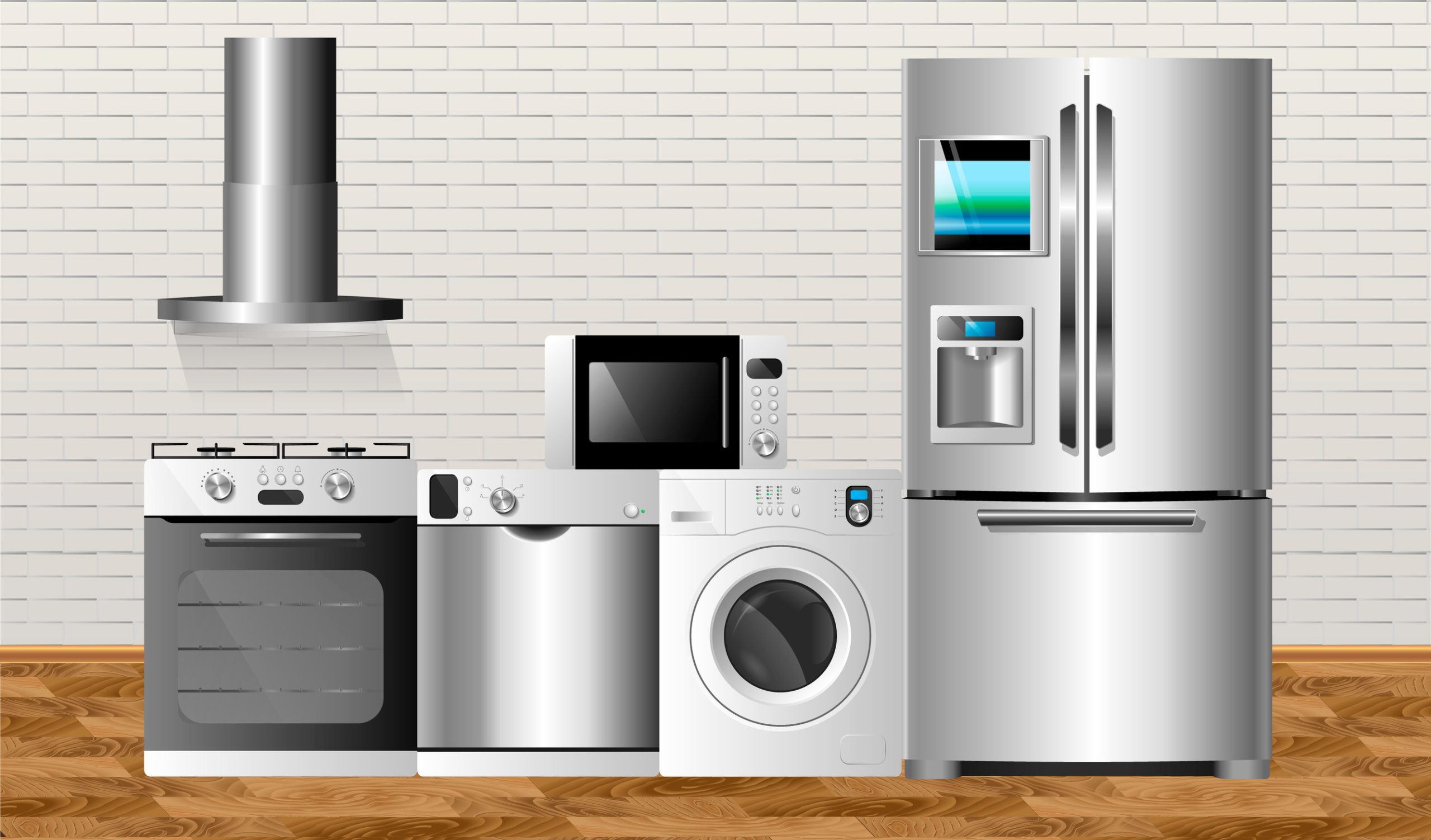
A home warranty can feel like a safety net—ready to catch unexpected repairs and protect against surprise costs. But many homeowners are stunned when they file a claim only to learn their warranty won’t cover it.
Hidden in the fine print are rules, exceptions, and conditions that can void the warranty in the blink of an eye. Understanding what actions or oversights can instantly invalidate a home warranty is crucial to making sure the investment pays off.
1. Unauthorized Repairs or Service Work
Home warranties typically come with specific instructions about who is allowed to repair covered appliances or systems. Hiring a personal handyman or fixing the issue without the company’s approval can nullify the warranty. Service must usually be performed by a licensed professional approved by the warranty provider. Once an unauthorized repair is done, the company can argue that it can’t guarantee the quality or accuracy of the work. Even small fixes, if done outside the warranty network, can open the door to a denied claim.
2. Lack of Proper Maintenance
Most home warranties require proof that systems and appliances have been properly maintained. This means routine checkups and regular cleaning, especially for things like HVAC systems, water heaters, and kitchen appliances. If a homeowner can’t show documentation of upkeep, the warranty company may deny coverage for related problems. The logic is that breakdowns caused by negligence aren’t covered—only those from normal wear and tear. Maintenance neglect is one of the top reasons warranty claims are rejected outright.
3. Misrepresenting Appliance Age or Condition
When applying for a home warranty, the information provided about the home’s systems and appliances must be accurate. If a homeowner downplays the age of an appliance or omits signs of prior malfunction, the warranty provider may revoke coverage entirely. Warranty companies often investigate claims and verify whether the issue was pre-existing at the time of enrollment. If misrepresentation is uncovered, it’s considered a breach of contract. Even accidental inaccuracies can void protections and leave repairs fully out of pocket.

4. Improper Installation
Installation matters just as much as product quality. If a system or appliance was not installed to code or wasn’t installed by a licensed technician, the warranty can become worthless. Home warranty coverage assumes that everything in the home starts from a compliant, professional baseline. When improper installation leads to breakdowns, companies won’t assume responsibility for damage caused by those errors. This applies to everything from dishwashers to electrical systems, so homeowners need to double-check installer credentials and workmanship.
5. Using Covered Items Outside of Intended Use
Every appliance and system covered by a home warranty is expected to be used according to the manufacturer’s guidelines. If homeowners push appliances beyond their limits—like overloading a washing machine or modifying HVAC systems for commercial purposes—the warranty might not hold up. Warranty providers look closely at how an item was used before approving a claim. If there’s any sign of misuse, coverage is usually denied on the grounds of avoidable damage. Even unintentional overuse can be viewed as improper operation under warranty terms.
6. Failure to Report Issues Promptly
Most home warranties require that issues be reported as soon as they are discovered. Delays in notifying the provider can lead to denied claims, especially if the damage worsens over time. If the problem becomes more expensive to fix because it was ignored, the warranty company may argue the repair falls outside their obligation. Prompt reporting allows the provider to assess the situation and prevent further deterioration. Waiting too long turns what could have been a minor fix into a disqualifying event.
7. Altering the Appliance or System
Modifications that change the original structure or function of a covered item can instantly void a home warranty. This could include switching out parts, making unauthorized upgrades, or integrating smart tech without consulting a technician. Warranty providers expect the appliance to match its factory-intended configuration unless otherwise approved. Even cosmetic changes can result in disqualification if they interfere with the unit’s operation or diagnosis. Alterations complicate repair assessments and give companies a reason to withhold coverage.
8. Letting the Warranty Lapse
Coverage isn’t retroactive, and it doesn’t protect against issues that occur while the policy isn’t active. Letting the warranty lapse—even temporarily—can leave the homeowner without recourse for any breakdowns that happen during that period. Renewal dates and payment deadlines are often strict, with little grace period offered. Any gap in coverage can result in the denial of claims for damage discovered shortly after reinstatement. Timely renewals are essential to maintaining uninterrupted protection.
Don’t Lose The Safety Of A Home Warranty
A home warranty can bring peace of mind, but it requires careful attention to the terms and conditions. The moment coverage begins, homeowners need to think like policyholders—not just residents. One wrong move, whether intentional or not, can mean the difference between a covered repair and an out-of-pocket headache.
Reading the fine print and sticking to the rules isn’t just smart—it’s necessary. Want to weigh in on home warranty experiences or add tips for avoiding invalidation? Share your thoughts or questions in the comments below.
Read More
10 Home Decor Trends That Psychologists Say Mess With Your Mind
Want A House With Solar Panels? Here’s 7 Reasons Why You’ll Regret Buying Them
The post 8 Things That Could Invalidate Your Home Warranty Instantly appeared first on Everybody Loves Your Money.







